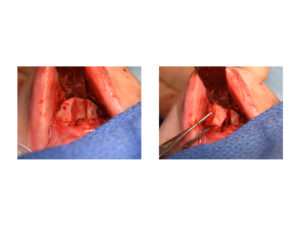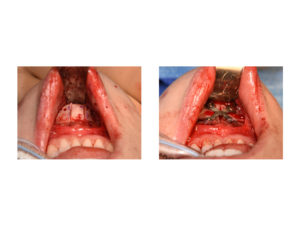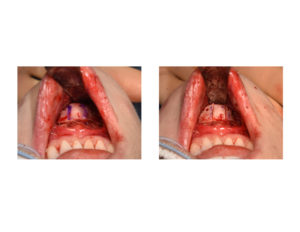The traditional chin bone procedure for aesthetic enhancement is that of a sliding genioplasty. Cutting the chin bone and moving it forward has been a facial bone reshaping procedure that has been done for over half a century. It is mainly used as a bony alternative to a synthetic chin implant for chin augmentation. It is less frequently done for reductive chin procedures not only because there is less need but there is generalized less public and even surgeon awareness.
Reducing the bony chin works best for reducing its height and/or width. Moving the bone back for horizontal chin reduction is fraught with causing other soft tissue problems. Such bony chin manipulations have achieved greater awareness more recently due to the popularity of the so called ‘V-line’ Jaw surgery. While frequently used in Asians to reduce their wide and prominent jawlines, it is becoming more common to use it in females with a large lower jaw of any ethnicity.


Since the chin width is narrowed by sliding the bone segments to the middle, there is often a step off along the lower edge of the jawline at the back end of the horizontal osteotomy line. Care must be taken to look for it and reduce it if needed.

Dr. Barry Eppley
Indianapolis, Indiana




